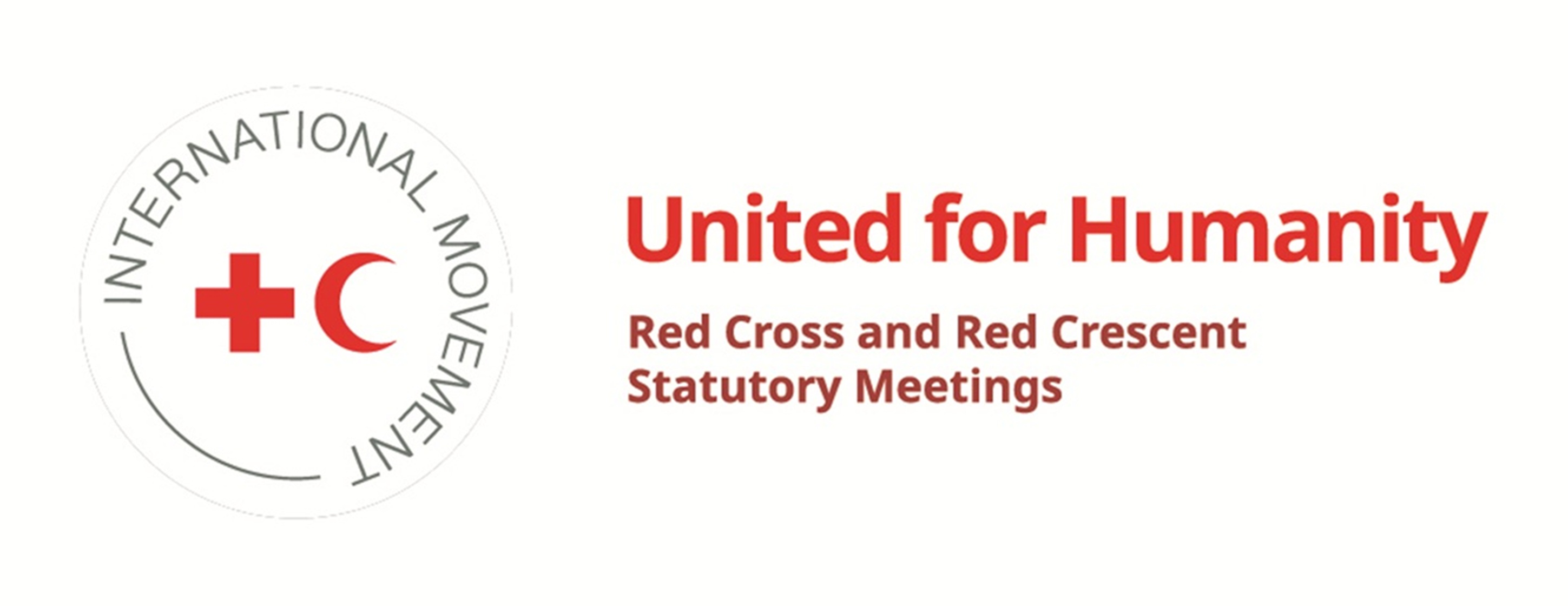Has your State/National Society/Institution incorporated the commitments contained in this resolution into the relevant strategic or operational plans?
YesThe commitments are incorporated into:
Strategy
At the National, Local level
Explanation:
The Canadian Red Cross has made leaving no one behind part of our strategic Vision 2025 plan, specifically through a commitment to reconciliation with Indigenous peoples and focus on resilience. Our strategic plan emphasizes the importance of partnership, at the community, government and international levels. CRC is actively involved in consultations when national or subnational governments seek input on contemplated changes to disaster laws, regulations, frameworks, or plans.
A core part of its strategy has been the creation of a humanitarian workforce with funding from the Government of Canada in order to be able to rapidly surge to quickly respond to disasters throughout the country. CRC has created a new department dedicated to interdisciplinary research, with an emphasis on legal frameworks. Its remit includes disaster law and the role of legal frameworks in ensuring that no one is left behind. This strategic focus comes at a crucial time, as many provincial/territorial governments are revising disaster regulatory frameworks and passing new new disaster management legislation.
CRC regularly provides auxiliary and technical supports to municipal and other local governments, working to implement strategies in their wide variety of different contexts to ensure their disaster plans meet the needs of their populations. Indigenous governing bodies within Canada have their own policies and approaches toward disaster frameworks in their contexts, therefore there is a great deal of diversity in relationships to land and protection of people, objects, and places.
Has your State/National Society/Institution been working with other partners to implement the commitments contained in this resolution?
YesPartner with:
Government and/or public authorities
Humanitarian and development partners (e.g. UN, NGOs etc.)
Examples of cooperation:
CRC regularly intervenes in multiple forums with government interlocutors to share its insights and best practices regarding disaster laws and policies. This includes, for example, regular bilateral, confidential dialogues with ministerial interlocutors as well as providing oral and written testimony to parliamentary committees studying revisions to disaster regulatory frameworks.
In addition, along with governmental representatives and key civil society actors, CRC has also engaged in a research project led by the Conference Board of Canada on Canada’s approach to Disaster Recovery Frameworks. The first phase of the research produced a report, which was released in May 2024. A second phase, looking more closely at the economic impacts of disaster has been undertaking as a second phase of research. CRC has also taken part in a project on inclusive resilience with the Government of Canada and numerous local and academic partners to strengthen individual preparedness in heavily affected communities.
CRC has also undertaken substantial steps to work in collaboration with Indigenous leadership and academic partners to deepen understanding of culturally safe approaches in all phases of disaster preparedness, response, recovery, and mitigation to fulfil commitments to Indigenous reconciliation.
Have you encountered any challenges in implementing the commitments contained in this resolution?
YesWith challenges on:
Other
Details about challenges:
Canada’s regulatory approach in the space of disaster response, recovery and preparedness is complex with key roles and responsibilities spread through federal, provincial/territorial, indigenous and municipal/local interlocutors. In Canada, the majority of responsibilities rests at the provincial/territorial and local levels and there are crucial differences in the approach to disaster management involving Indigenous communities. Therefore, consistent and meaningful engagements with each government interlocutor on approaches to disaster law and policy can be challenging.
Have the commitments contained in this resolution had an impact on the work and direction of your State/National Society/Institution?
YesType of Impact:
Cooperation between Government/public authorities and National Society has been strengthened
Innovative tools/methodologies have been developed and are utilized
Partnerships with other humanitarian actors have been created or enhanced
Training and capacity of staff and volunteers has increased (for National Societies)
Details about the impact:
The CRC has a well-established track record of engagement with government at the federal, provincial/territorial, and local level to support in all four pillars of disaster frameworks. CRC has intervened at the federal parliamentary level on topics related to Canada’s approach towards disaster laws, policies, and coordination.
In January 2024, the CRC hosted a conference called Ready24 to bring together government and humanitarian actors to help set the direction for the sector and prepare for the upcoming response season.
The CRC, along with the Government of Canada and an advisory board including academia, supported a research project undertaken by the Conference Board of Canada: Towards a Disaster Recovery Framework.
CRC has also engaged volunteer youth who are university students to co-lead in research to investigating international best practices to strengthen Canadian disaster legal frameworks to ensure they meet the needs of community members with heightened vulnerabilities, thereby building capacity and commitment among youth through volunteerism.
Have the commitments contained in this resolution had an impact on the communities that your State/National Society/Institution serves?
YesDescription of the impact:
(Unsure) Canada does not currently have robust data collection on disaster outcomes among affected communities, making it difficult to determine with certainty the contribution of this commitment to outcomes for those exposed to hazards.



